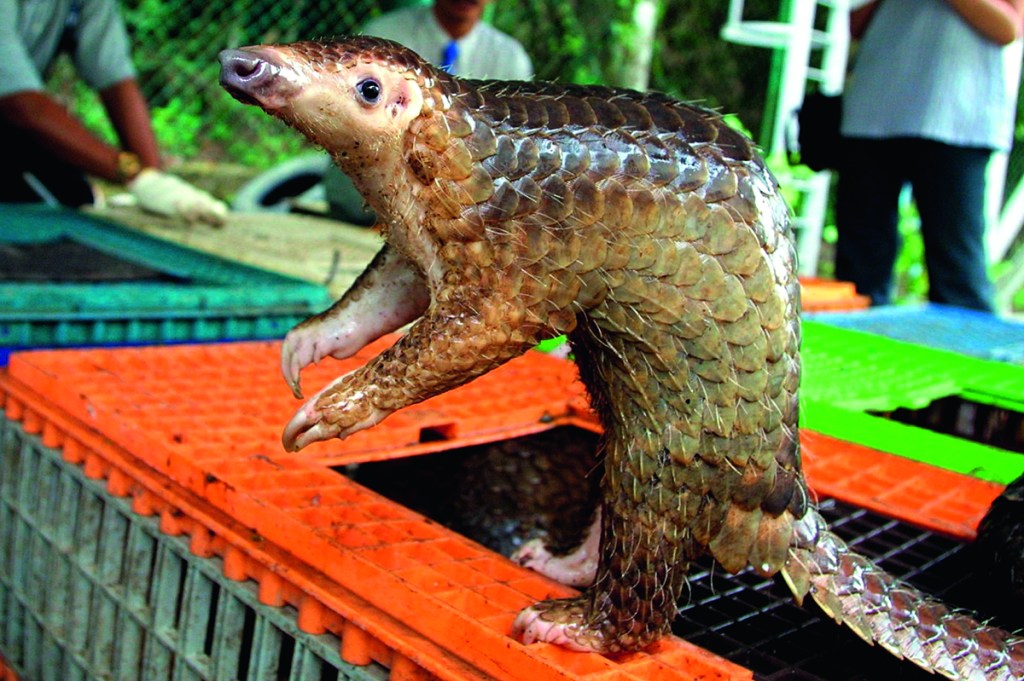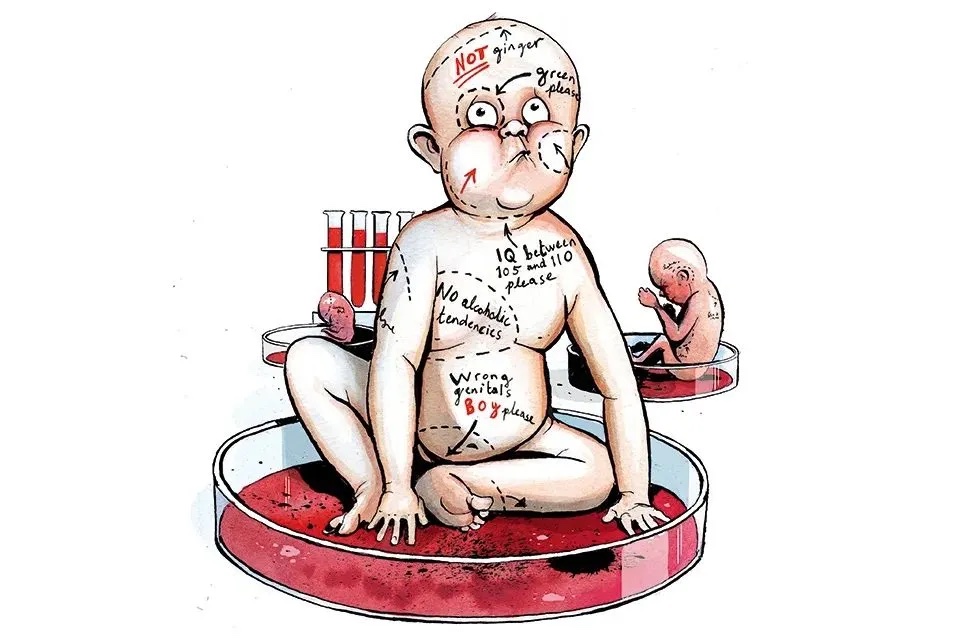This article is in The Spectator’s March 2020 US edition. Subscribe here.
Pangolins are in the news, but not on our plates. It may be that the small armor-plated, ant-eating mammal was the source of the coronavirus that is striking fear into the heart of the Chinese state and giving us all a nasty turn elsewhere. I rather hope it does turn out to be the pangolin, for if that is the case I may have inadvertently acquired immunity, and won the pangolin some timely protection.
The Chinese are catholic eaters, free from the taboos we have erected around the food we eat. Try serving tripe to your friends or tongue to the young. The last truly polyphagous Englishman was the Victorian naturalist Frank Buckland, who ate everything that crossed his path in his role of unofficial vet to London Zoo. He snacked on puppy, giraffe and fried viper. He thought boa constrictor tasted like veal and recommended roasted field mouse as ‘a splendid bonne bouche for a hungry boy’. The prize for the most disgusting thing he ever tasted was divided between bluebottle and mole.
But in the Anglosphere, we are now dreadfully wet about what we’ll eat. In Spain, say, or Ghana, they think nothing of lunching on cat stew, simmered till tender: the Ghanaian recipe, with peppers and peanut oil, sounds particularly delicious. Larousse Gastronomique, the chef’s Bible, serves up a regional French delicacy:
GRILLED RAT BORDEAUX STYLE (Entrecôte à la bordelaise): Alcoholic rats inhabiting wine cellars are skinned and eviscerated, brushed with a thick sauce of olive oil and crushed shallots, and grilled over a fire of broken wine barrels.
The French are pretty omnivorous but the Chinese are a step ahead. Children in China do not think liver is the devil’s food or turn up their noses at lungs. The Chinese are the original nose-to-tail diners, the people who will eat everything but the squeal. Famine has been a depressing constant in China’s long history, and the need for large-scale flood and famine relief may have driven the early centralization of the state. But the Chinese have turned necessity and voracity into one of the world’s great cuisines. There may be hen’s claws and duck tongues on the menu in Chinatown, but they taste delicious.
As did the soup I was given years ago in a roadside shack in the Wuyi mountains of Fujian. I was on the track of the old China tea trade for the first book I wrote, A Time for Tea: Travels through China and India in Search of Tea, and was flush with the money I’d won in a prize awarded by The Spectator. The Wuyi mountains are the origin of what was called Bohea, one of the earliest teas drunk in England and a staple of the American teapot in the Colonial era, and while I was scouting through the hills I encountered tea gardens and exquisite tea houses where the tea water was drawn in a bucket from a burbling spring and the thatch-roofed smoking lofts gave Lapsang Souchong its distinctive peaty taste.
My host in the mountains, Chen Ping, had migrated there for his health: the air, the climate and the tea, he claimed, allowed the Wuyi people to live for a thousand years. That, he said, punching his stomach to show how fit he was, was why there was no hospital here. I thought of this encounter last week, when I first saw in the paper a picture of a pangolin, a prime suspect in the delivery of the coronavirus to humans via the Wuhan meat market. In my book, I wrote that Chen Ping ‘had a very special dish for me, if I liked it. He showed me a white haunch lurking in the back of the fridge. It did not look familiar, but I said I’d like to try.’
Chen Ping promised we’d have it for supper. For the rest of the day, as I peered into the smoking lofts where the tea was spread out in shallow baskets across the bamboo slats, I thought about it. The animal was curiously shaped, pointed at both ends and crisscrossed with a pattern of raised lines. I wondered what it was.
I went back to Chen Ping that evening. I drew an armadillo as best as I could and showed him. He grinned and jabbed it with a big finger. ‘That’s right!’ It came chopped in a soup; it was very, very chewy and tasted like strong beef. Chen Ping suggested that I just drink the soup: he would use the meat to make a stew the following day, which would be easier to eat.
Of course it wasn’t the south American armadillo, I see that now. And I’m sorry I ate it, really. Pangolins once roamed free across eastern China, but they have been hunted almost to extinction and are now mainly to be found in remote mountainous areas like the Wuyi mountains, and the markets of Wuhan. Delicious they may be, but perhaps they are now taking a terrible revenge.
This article is in The Spectator’s March 2020 US edition. Subscribe here.


























